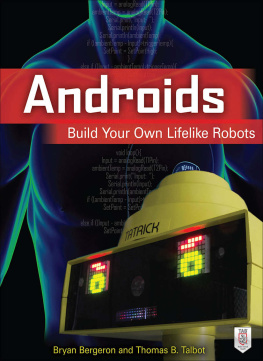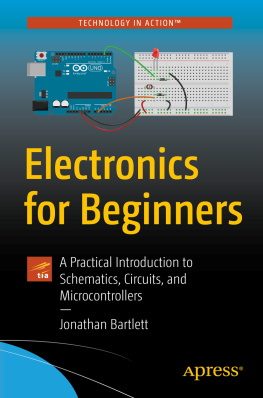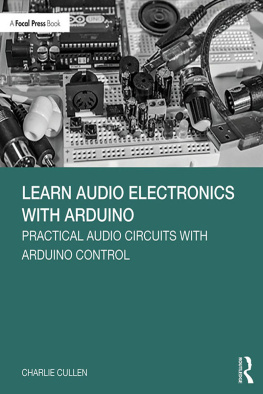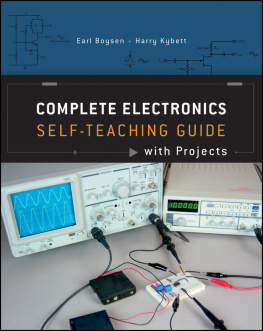Bryan Bergeron - Teardowns: Learn How Electronics Work by Taking Them Apart Teardowns: Learn How Electronics Work by Taking Them Apart
Here you can read online Bryan Bergeron - Teardowns: Learn How Electronics Work by Taking Them Apart Teardowns: Learn How Electronics Work by Taking Them Apart full text of the book (entire story) in english for free. Download pdf and epub, get meaning, cover and reviews about this ebook. year: 2010, publisher: McGraw-Hill, genre: Home and family. Description of the work, (preface) as well as reviews are available. Best literature library LitArk.com created for fans of good reading and offers a wide selection of genres:
Romance novel
Science fiction
Adventure
Detective
Science
History
Home and family
Prose
Art
Politics
Computer
Non-fiction
Religion
Business
Children
Humor
Choose a favorite category and find really read worthwhile books. Enjoy immersion in the world of imagination, feel the emotions of the characters or learn something new for yourself, make an fascinating discovery.

- Book:Teardowns: Learn How Electronics Work by Taking Them Apart Teardowns: Learn How Electronics Work by Taking Them Apart
- Author:
- Publisher:McGraw-Hill
- Genre:
- Year:2010
- Rating:5 / 5
- Favourites:Add to favourites
- Your mark:
Teardowns: Learn How Electronics Work by Taking Them Apart Teardowns: Learn How Electronics Work by Taking Them Apart: summary, description and annotation
We offer to read an annotation, description, summary or preface (depends on what the author of the book "Teardowns: Learn How Electronics Work by Taking Them Apart Teardowns: Learn How Electronics Work by Taking Them Apart" wrote himself). If you haven't found the necessary information about the book — write in the comments, we will try to find it.
Learn Practical Electronics From a Skilled Mentor! The text is written as if Dr. Bergeron, who is a highly experienced electronics practitioner, is speaking directly to the reader with a point-by-point commentary about each teardown, complete with clear explanations of the operation and function of every component. By the time the product is completely disassembled, the reader understands the design tricks, component selection, and packaging choices that enabled the product to reach the market. -- From the Foreword by Forrest M. Mims III
Amp up your knowledge of electronics by deconstructing common devices and analyzing the revealed components and circuitry. Teardowns: Learn How Electronics Work by Taking Them Apart contains 14 projects that expose the inner workings of household appliances, workbench measuring instruments, and musical equipment. Discover how resistors, capacitors, sensors, transducers, and transistors function in real circuitry. Youll even get details on custom modifications to electric guitar pickups, an effects pedal, and a tube amp. Essential instructions for safely launching your own teardowns are also included in this hands-on guide. Learn about sensors and ICs from smoke detectors and motion-activated lights Work with the LCD and strain gauge transducers in a digital scale Discover how surge protectors, power conditioners, and UPS units function Study thermal design techniques in compact fluorescent bulbs Analyze the control systems in ultrasonic humidifiers and digital thermometers Understand how op amps and power ICs work in a hi-fi stereo amplifier Figure out how ultrasonic transducers work in a laser-guided measuring device Explore electric guitar pickups, effects pedals, and tube amplifiers
Bryan Bergeron: author's other books
Who wrote Teardowns: Learn How Electronics Work by Taking Them Apart Teardowns: Learn How Electronics Work by Taking Them Apart? Find out the surname, the name of the author of the book and a list of all author's works by series.











